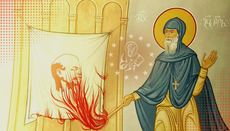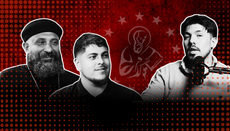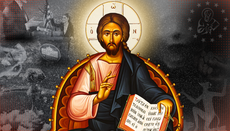In Remembrance of the Royal Passion Bearers of Russia
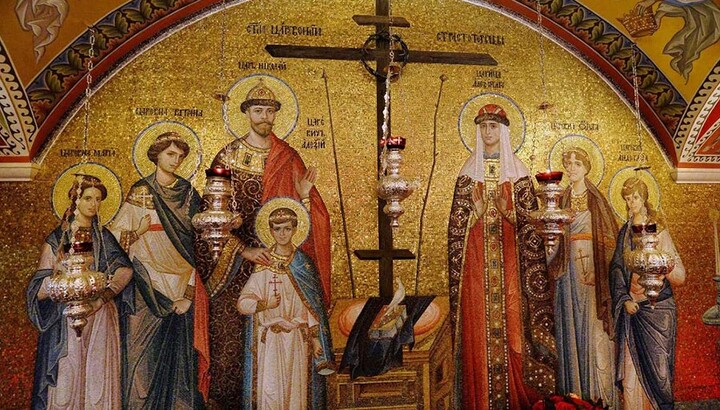
The Orthodox Church celebrates the 107th anniversary of the tragic deaths faced by the Holy Romanov Family on July 17th, 1918.
I had the blessed opportunity to serve at a Midnight Liturgy at my home parish, St Mary of Egypt Orthodox Church in Atlanta, Georgia, celebrating the Feast Day of the Royal Martyrs. It was quite significant because the Holy Romanov family themselves were murdered on the night of July 16th into the morning of July 17th, so not only were we celebrating on the same day, but also around the same hour!
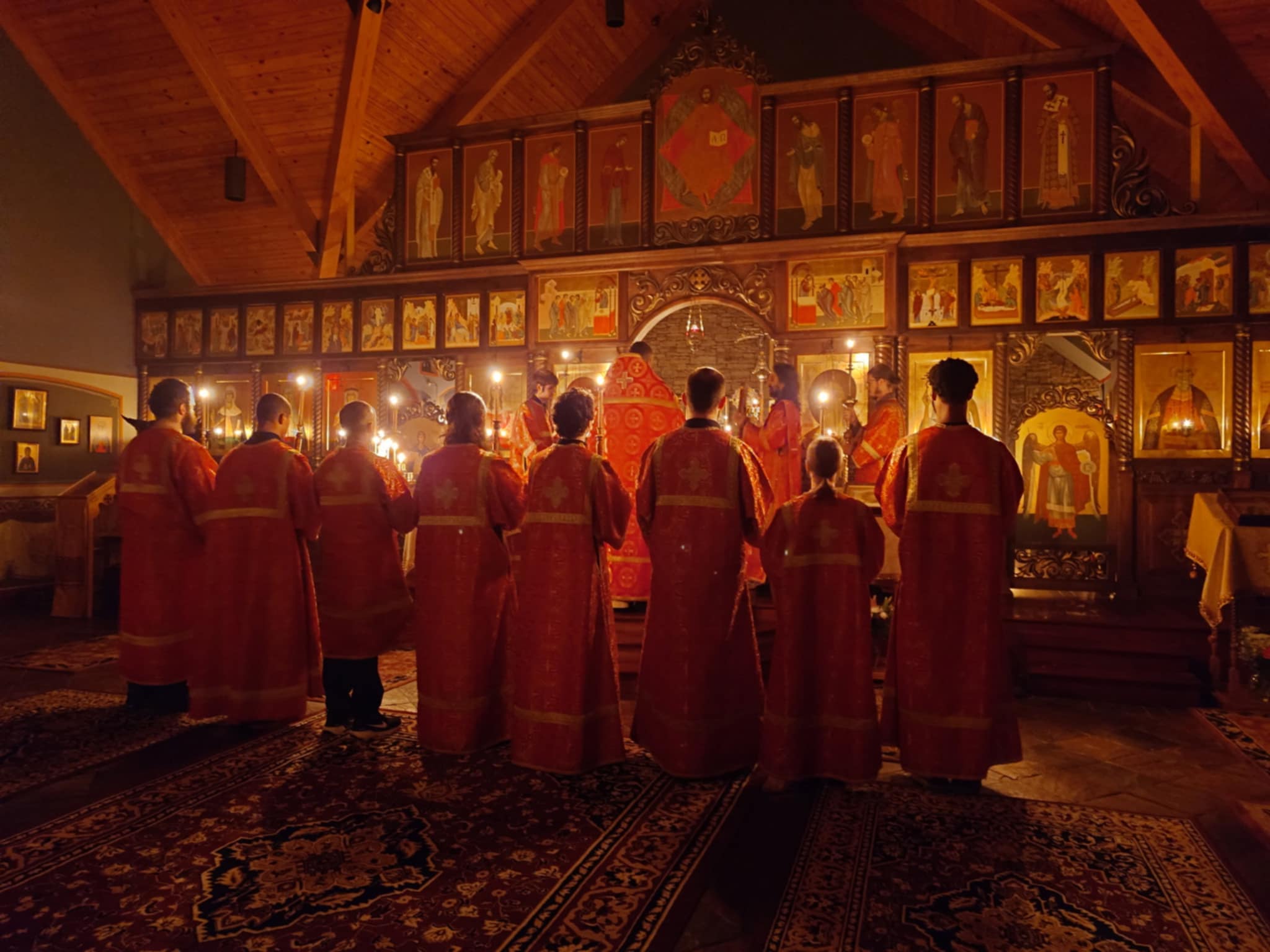
Saints Tsar Nicholas II, Tsarina Alexandra, and their children, Olga, Tatiana, Maria, Anastasia, and Alexei were canonized by the Russian Orthodox Church Abroad in 1981 as New Martyrs, and canonized as Passion Bearers by the Moscow Patriarchate in 2000. In 2007, ROCOR and Moscow came back into communion, thus bridging the gap between this distinction. In many ROCOR parishes today, such as St Mary of Egypt, they are referred to both as Martyrs and as Passion Bearers, much like St. Edward the Passion Bearer, as he is colloquially referred to as St. Edward the Martyr. The phrase Passion Bearer is given to those who died in a very tragic way while maintaining their faith in Christ, who were not necessarily killed for their faith per se.
Regardless of the political actions taken by the Tsar, who in reality was surrounded by traitors and thus cannot really be blamed for all of the Russian Empire's shortcomings, he and his family were canonized for their holy and pious personal lives they lived, along with the way in which they were murdered. They had a beautiful family and would always do prayers together, go to Liturgy every Sunday, read scripture, the lives of saints, etc. Their beautiful family life was tragically cut short due to the collapse of the Russian Empire, which among the West is typically covered with slander and lies. It is a fact that St Petersburg at the time was riddled with occultism and degeneracy, however St Tsar Nicholas himself was well aware of this, and as a result spent a lot of his time in Moscow, the Orthodox Spiritual Center of Russia, or what some call “The Third Rome.” Western historians often paint the Romanov family as being “degenerate” and slander our saints, while covering up the real reason they were overthrown and murdered.
While politically the Tsar could not do much, as his father Tsar Alexander III had indebted Russia to French bankers, he did try his best to do as much as possible for the Church, including pushing for many canonizations that otherwise wouldn't have happened without his intercessions. Of the most significant of these canonizations was of course St Seraphim of Sarov, with the Tsar personally heavily advocating for and leading his celebrations. The Church at this time was in an unfortunate position, as it was stripped of the Patriarchate in 1721, by Tsar Peter I, and as a result became subordinated to the state via the Governing Synod. It has been said that the Tsar made an attempt to lay the foundation to reinstate the Patriarchate, yet due to the immense corruption around him, this was unable to happen. It wasn't until after he abdicated in 1917, when efforts were taken to reinstate the Patriarchate.
The Tsar’s abdication is something that is often overlooked, as the main focus is usually on the Bolshevik Revolution, and the Russian Civil War, however the February Revolution is hardly, if at all talked about. The head of this Liberal Revolution was Alexander Kerensky, who himself was a very prominent Freemason, and had received enormous sums of money from Western Elites. Due to the closeness of both the February and October Revolutions, it is easy to conflate the two, and due to this mix up, the Bolshevik Revolution is typically the one accused of being financially backed by Western Elites. In reality, the October Revolution overthrew the Provisional Government, and not the Tsar, and once the Bolsheviks took power, every major Western power financially and militarily backed the White Army, as well as going as far to provide boots on the ground. If the West wanted the Bolsheviks to come to power so badly, why did they do everything in their power to destroy them as soon as they took power? It should be no surprise that St. Tikhon neither blessed the Reds nor the Whites and maintained neutrality in his 1919 declaration.² The Tsar is often painted as a coward for abdicating, but what isn't mentioned is the fact that he stayed in Russia, refusing to flee, as he was willing to die for his land, people, and faith. St. Tikhon spoke about this upon hearing the news of his abdication:
“Let us not assess or judge the actions of the former Tsar: that belongs to the history books, for he now stands before the just judgment of God. But we know that when he abdicated from the throne, he did it from concern for the benefit of Russia and his love for his nation. He could have found a safe and reasonably quiet life for himself abroad, but he did not do so, preferring to suffer together with Russia.”
The West truly hated the Tsar, and wanted to do everything in their power to get rid of him, such is why Russia was ultimately dragged into World War I, as this was without a doubt a method to crumble the Russian Empire. Western historians often claim that World War I was simply about nationalities and alliances, but the deeper reasoning of this Great War was imperialism. The British and French Empires were the most dominant Empires in all of Europe and were vastly expanding their colonies throughout the late 1800s, Germany was also among one of these up and coming powers, and to prevent Germany from surpassing them they were able to concoct what became known as the First World War. The British took advantage of the ethnic and religious diversity of the Balkans, and the French bankers took advantage of Russia’s attempt to industrialize, and were able to trap them in debt, thus forcing them into the war. The chaos of the First World War allowed the West to seamlessly infiltrate Russia, with all kinds of different groups receiving foreign backing, such as the Mensheviks, Socialist Revolutionaries, Anarchists, and of course the Kerenskyite liberals. The only backing the Bolsheviks on the other hand received, were from Germany, which consisted of allowing Lenin to board a train in order to get back to Russia in order to end the war. It certainly was not in the interest of Wall Street, the City of London, or the French banks, for Russia to pull out of the war, and this is precisely why their puppet Kerensky did not end the war, and ultimately why when the Bolsheviks took power and did end the war, they did everything to shut them down.
After the Bolshevik Revolution, much bloodshed and violence ensued against the Church, with St. Tikhon coming out and anathematizing the Bolsheviks in February of 1918. The context of this was due to the fact that there was no stable government and the country was embroiled in Civil War, not to mention all of the Martyrs that came from this period. While the Russian Church Abroad firmly distanced itself from the Soviet Union, the Moscow Patriarchate itself actually reconciled with the Soviet State, acknowledging that much of the bloodshed during the Civil War was done by rogue Anarchists and not direct State Orders. In May 1927, the Bishops of Solovki issued a statement addressing this fact:
“In the past, it is true, there were political speeches by the Patriarch that gave rise to these [anti-Soviet] accusations, but all acts of this kind issued by the Patriarch were not directed against the authorities in the proper sense. They belong to the time when the revolution showed itself exclusively from the destructive side, when all social forces were in a state of struggle, when the authorities in the sense of an organized government possessing the necessary instruments of governance did not exist. At that time, the organs of the central government that were being formed could not restrain abuses and anarchy either in the capitals or in the localities. Groups of suspicious persons were operating everywhere, posing as agents of the government, but in reality turning out to be impostors with a criminal past and an even more criminal present. They beat up bishops and clergymen, innocent people, broke into houses and hospitals, killed people there, stole property, robbed churches and then dispersed without a trace. It would be strange if, with such tension of political and selfish passions, with such bitterness of some against others, in the midst of this general struggle, the Church alone remained an indifferent observer of the unrest that was taking place... But over time, when a certain form of civil authority had taken shape, Patriarch Tikhon declared in his appeal to his flock loyalty to the Soviet government and resolutely renounced any influence on the political life of the country. Until the end of his life, the Patriarch remained faithful to this act.”²
The same can certainly be said about the murder of the Romanovs that took place on July 17th, 1918, at the Ipatiev House in Yekaterinburg. While some, in fact very few, in ROCOR argue that their death was a Jewish ritual murder, the reality is that only 6% of the Bolshevik Elites were ethnically Jewish. In 1918 only 4.3% of the Cheka were Jewish. Despite this, 54.3% of the Cheka were Latvian, who made up only 1% of the population.³ Implicated in the murder of the Holy Romanovs was Yakov Yurovsky, who himself may have been an ethnic Jew, however he was a convert to Lutheranism, and most likely just became an atheist like many other revolutionaries. Regardless of his background, the majority of the executioners were Russian, and of the 10 involved in the firing squad, only one of them, Yurovsky, was Jewish. Among those involved in the operation, only 2 (16%) were Jewish, and the list is as follows:
Mikhail Medvedev - Russian
Pyotr Voykov - Russian
Pavel Medvedev - Russian
Grigory Nikulin - Russian
Stepan Vaganov - Russian
Ya. M. Celms - Latvian
V. N. Netrebin - Russian
Yakov Yurovsky - Jewish*
Filipp Goloshchyokin - Jewish*
Alexander Beloborodov - Russian
Peter Ermakov - Russian
Alexey Kabanov - Russian
Russian investigations conclude that there is no evidence of Lenin or Sverdlov ordering the execution of the Romanovs, and in fact Lenin himself did not know about it until a full day later.ˆ The reality is that it was ordered by the local Ural Soviet, headed by rogue elements that were later purged, with Yurovsky being a Trotskyite and Goloshchyokin having connections with Trotskyites, both were held accountable for their corruption. For those unfamiliar, Leon Trotsky was originally a Menshevik, distinct from the Bolsheviks in that they had a disdain for the peasantry viewing them as backwards and reactionary. At the last minute, Trotsky hijacked the Bolshevik Revolution for his own personal gain, believing in the Globalist idea of “permanent revolution”, leading him to ultimately betray the Bolsheviks in favor of his own motives, and even admitting to Lenin that he was not a Bolshevik.° Trotsky and his followers were also one the main factions who headed the religious persecution within the Soviet Union.
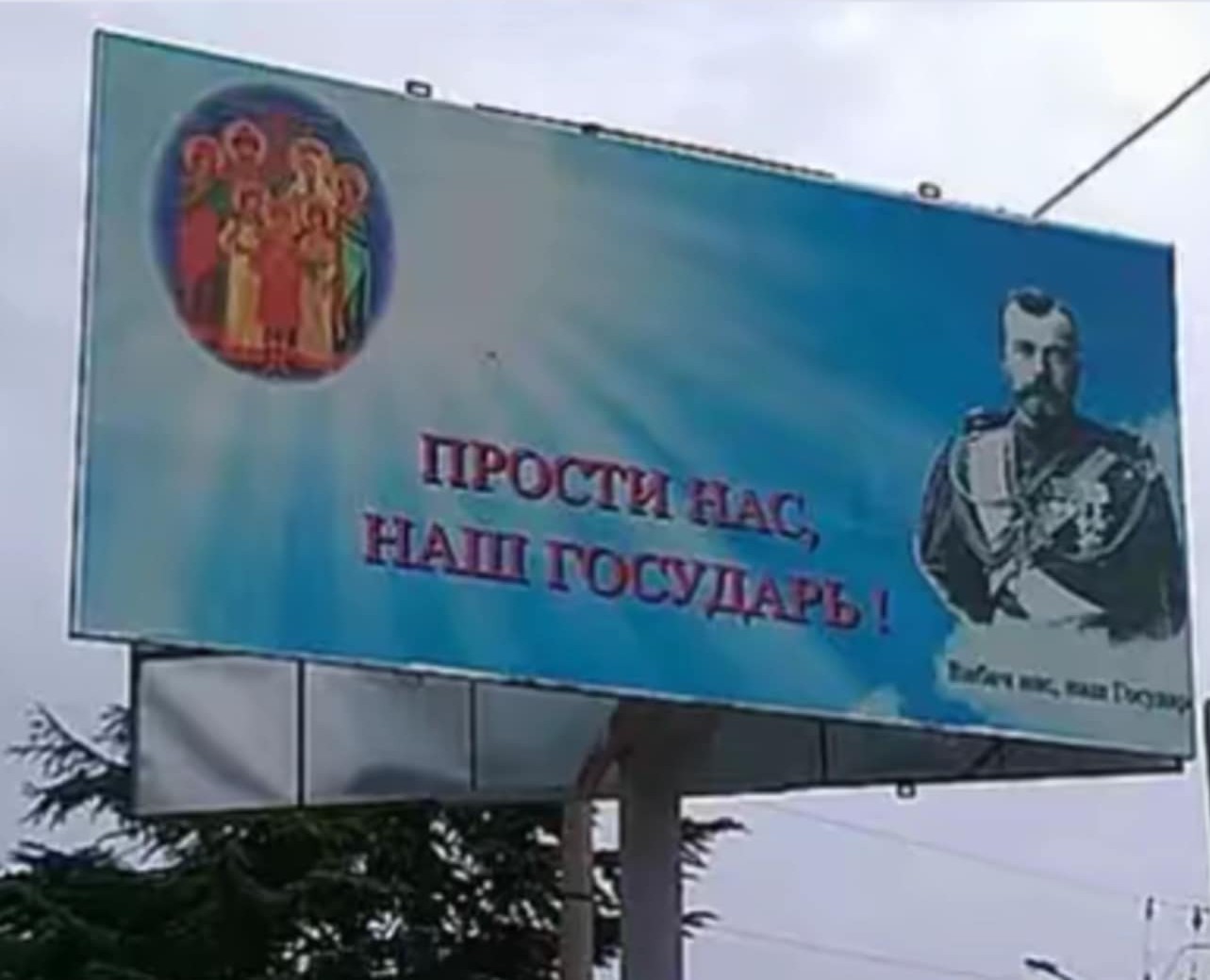
It is important to be aware of the historical nuances, so as to not come to a reductive view and fall into the same mindset as the West does against the Holy Romanovs and the Soviet Union. History is never as simple as just good guys and bad guys, and the mainstream view of the Romanovs and the Bolsheviks has been painted to us by the same elites that persecute the Orthodox Church today. In Ukraine, the Communist Party has been banned since 2015, and simultaneously they are also attacking the Church to this day. Many of those fighting in Donbass against the Kiev Regime, were and are both faithful Orthodox Christians, and sympathetic to the Soviet Union, with some even being full blown Communists. Despite this, they have no problem also upholding the sainted Tsar and his family. In Russia nowadays, this issue of one or the other does not persist, as even the Communist Party of the Russian Federation honors and venerates the Holy Romanov Family, going as far as putting up billboards up for them.
The same elites that lied to us about the Royal Martyrs, are the same ones that lie to us about the way in which they were murdered, to ultimately point the finger at the Reds in order to distract us from the Western financial elites’ ultimate responsibility for the abdication of the Tsar in the first place. It is clear based on the evidence that the murder of the Holy Romanovs was not a top down act, much less a ritual murder, and as a result there is not any evidence that they were killed specifically because of their faith. This is not to say that the satanic executioners were not acting on behalf of the devil, and that the heinous crime they committed should be forgotten. We must always remember the Holy Memory of the Royal Passion Bearers, as they died in an incredibly brutal fashion, whilst maintaining their faith until their dying breath, and not give an inch to the Western Elites who slander them to this day.
Holy Royal Passion Bearers, pray to God for us!
Luke Albanese is a parishioner at Saint Mary of Egypt Orthodox Church (ROCOR) in the Atlanta suburbs, and is a member of the St. Zosimas Society, an Orthodox outreach ministry of St. Mary of Egypt Orthodox Church.
Notes
¹ “I was traveling south, to the Volunteer Army, hoping to see everyone with whom I had hopes for the liberation of Russia. I asked permission from the Holy Patriarch to convey on his behalf, of course in full type, a blessing to one of these persons, but the Patriarch in the most delicate and at the same time firm form told me that he did not consider it possible to do this, for, remaining in Rossin, he wants not only externally, but also in essence to avoid the reproach of any interference of the Church in politics.” -[Памяти Св. Патриарха Тихона, «Путь», № 1, 1925, стр. 117].
² Tragedy of the Russian Church: 1917-1945 by Lev Regelson pg 422-423
³ Tragedy of the Russian Church: 1917-1945 by Lev Regelson pg 422-423
ˆ Victor Serge, Year One of the Russian Revolution.
° A Collection of Lenin's Works, IV pg 303 (in Russian).


